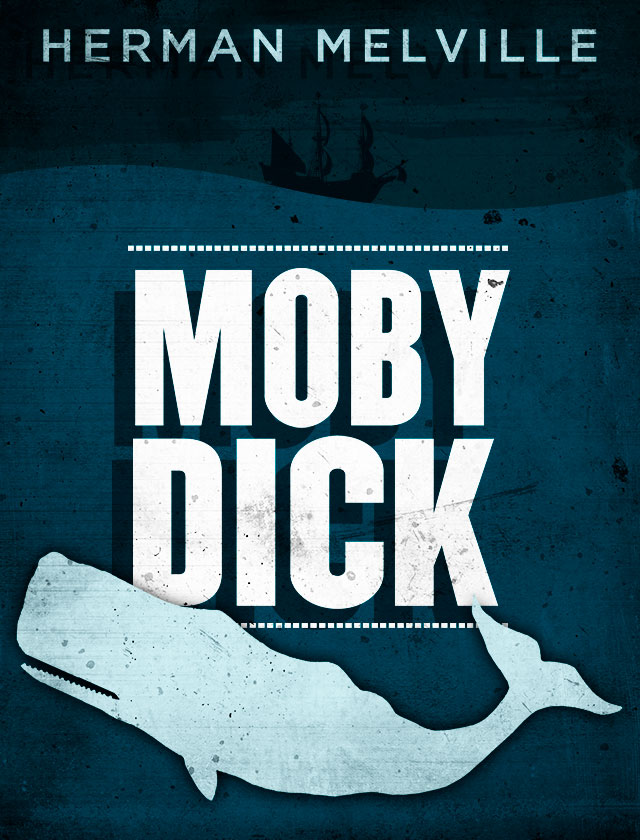Moby Dick
by Herman Melville
Symbols and Themes
The destructiveness of obsession
Ahab’s obsessive quest for revenge against Moby Dick is the driving force of the novel’s action. The quest ultimately ends in failure, leading not only to Ahab’s own death but to the death of his entire crew. The cost in human lives is immense, pointing to the ultimately destructive nature of obsession. Even before Ahab dies, his obsession gnaws away at his humanity, making it impossible for him to take joy in even the simplest pleasures such as human fellowship, food, or smoking his pipe. The character of Captain Boomer is a clear foil to Ahab, providing a vivid contrast to Ahab’s obsession in his ability to simply move on with his life. Even though Boomer also loses a limb to Moby Dick, he chooses to focus on the pleasure of the rum he drank during his recovery rather than thoughts of revenge. The crew of the Samuel Enderby likewise contrasts with the crew of the Pequod; they are a happy-go-lucky, sociable group, not bound to the darkness of a doomed quest. Toward the end of the novel, Ahab reveals his awareness of how destructive his obsession has become, telling Starbuck that he is enslaved by a “hidden lord and master,” a “cruel, remorseless emperor” that commands him to act in defiance of his natural feelings. Ahab’s obsession thus leads him away from his loving wife and child and all of the natural joys that the world offers, to a watery death—and his entire ship and crew are dragged down along with him.
Brotherly love
The crew of the Pequod is made up of a diverse group of sailors, including men of many religious backgrounds, nationalities, and skin colors. Although there is certainly racial tension at times, particularly in Stubb’s offensive remarks to the black cook, the crew generally works together for their common goals, and there is often a feeling of camaraderie and...
Sign up to continue reading Symbols and Themes >